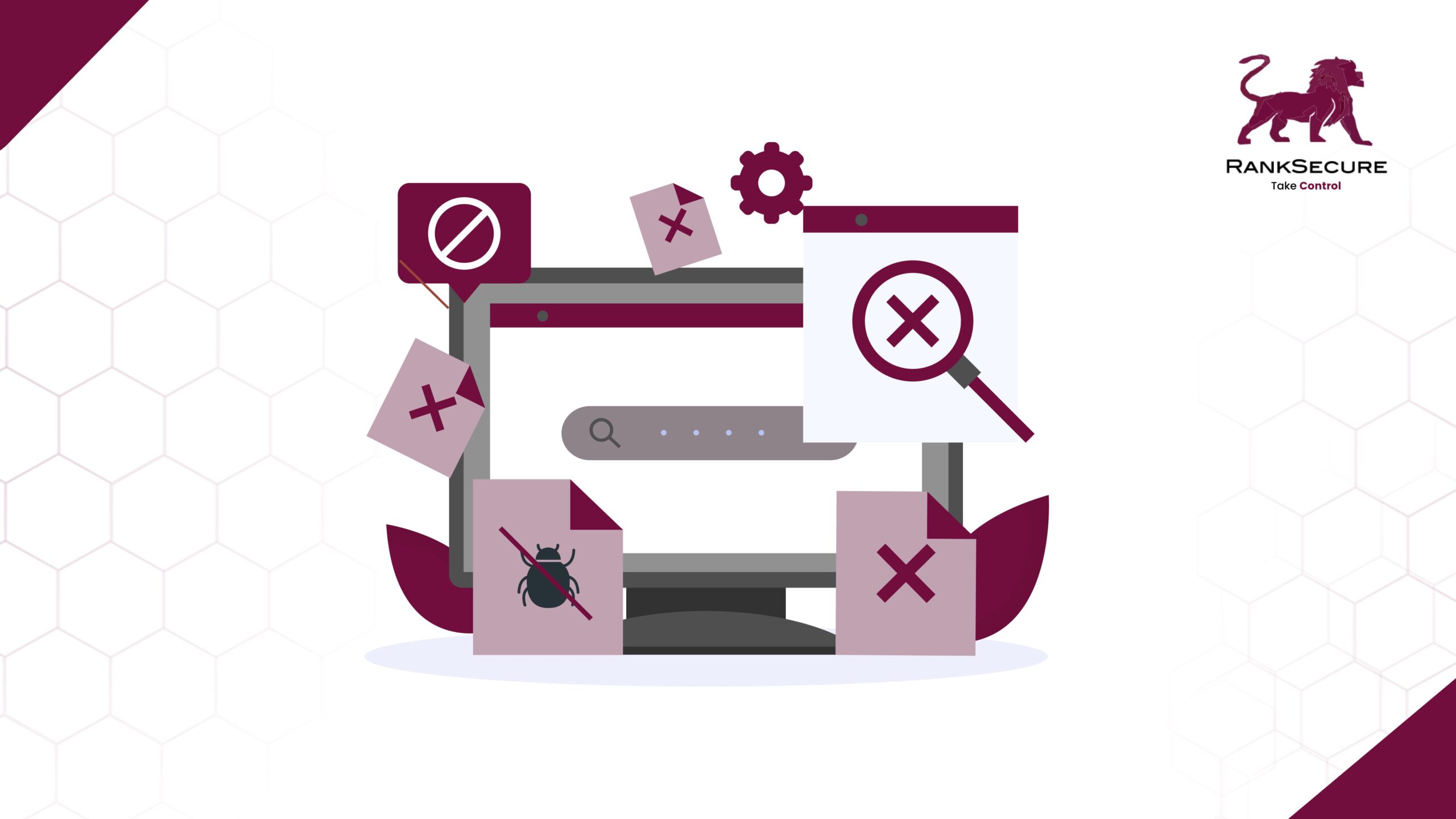
The State of Penetration Testing in India: Current Trends and Insights
In recent years, the field of cybersecurity has witnessed a significant rise in the demand for penetration testing services. Organisations worldwide are recognising the importance of identifying vulnerabilities in their systems and applications to prevent potential cyber attacks. In India, this trend is no different. With the increasing digitisation of businesses and the government’s push for a Digital India, the need for robust security measures has become paramount. In this article, we will delve into the current state of penetration testing in India, exploring the key trends and insights that are shaping the industry.
Understanding Penetration Testing
Before we dive into the specifics of the Indian penetration testing market, let’s first understand what penetration testing entails. Also referred to as pen testing or ethical hacking, penetration testing is a practice that involves assessing the security of a computer system, network, or web application to identify vulnerabilities that could potentially be exploited by attackers. By simulating real-world attacks, penetration testers help organisations identify weaknesses in their security infrastructure and implement appropriate measures to mitigate risk.
- The Growing Demand for Penetration Testing Services in India
India, with its vast and diverse digital landscape, has witnessed a steady increase in the demand for penetration testing services. Organisations across various sectors, including government, BFSI (Banking, Financial Services, and Insurance), IT and telecom, healthcare, and retail, are recognising the importance of proactive security measures to safeguard their sensitive data and critical infrastructure.
- Market Size and Growth
According to market research, the penetration testing market in India is expected to grow significantly in the coming years. The market, valued at USD 3.41 billion in 2023, is projected to reach USD 10.24 billion by 2028, with a compound annual growth rate (CAGR) of 24.59% during the forecast period. This growth can be attributed to several factors, including the increasing number of cyber threats, government initiatives to strengthen cybersecurity, and the growing adoption of digital technologies across industries.
- Market Segmentation
The Indian penetration testing market can be segmented based on various factors, including the type of testing, deployment models, end-user verticals, and geography. Let’s explore each of these segments in detail.
- Types of Penetration Testing
Penetration testing can be categorised into different types based on the target of the assessment. Some of the common types of penetration testing include:
- Network Penetration Testing: This involves assessing the security of a network infrastructure to identify vulnerabilities that could potentially be exploited by attackers.
- Web Application Penetration Testing: This focuses on evaluating the security of web applications, including websites and web services, to uncover potential vulnerabilities.
- Mobile Application Penetration Testing: With the increasing popularity of mobile applications, this type of testing aims to identify security risks in mobile apps across various platforms.
- Social Engineering Penetration Testing: This involves testing an organisation’s susceptibility to social engineering attacks, such as phishing and impersonation, to assess the effectiveness of security awareness and training programs.
- Wireless Network Penetration Testing: This focuses on assessing the security of wireless networks, including Wi-Fi and Bluetooth, to identify vulnerabilities that could be exploited by unauthorised users.
- Other Types: There are various specialised types of penetration testing, such as physical penetration testing, IoT (Internet of Things) penetration testing, and cloud penetration testing, depending on the specific requirements of organisations.
- Deployment Models
Penetration testing services can be deployed either on-premises or in the cloud, depending on the your preferences and requirements. While some organisations prefer to have the testing conducted within their premises for better control and confidentiality, others opt for cloud-based solutions for scalability and ease of access.
End-User Verticals
Different industries have varying cybersecurity needs and regulations. The demand for penetration testing services varies across sectors such as government and defense, BFSI, IT and telecom, healthcare, and retail. Each sector faces unique challenges and risks, and therefore, the penetration testing requirements may differ accordingly.
Geography
The penetration testing market in India is not limited to a specific region but spans across the country. The market can be divided into regions such as North America, Europe, Asia Pacific, Latin America, and the Middle East and Africa. Each region presents its own set of opportunities and challenges for penetration testing service providers.
Key Drivers and Trends in the Indian Penetration Testing Market
Several key drivers and trends shape the Indian penetration testing market. Let’s explore some of the noteworthy factors that are influencing the industry’s growth and direction.
Increasing Cyber Threats and Attacks
The rise in cyber threats and attacks is one of the primary drivers behind the increased demand for penetration testing services in India. With the growing sophistication of cybercriminals and the evolving nature of attacks, organisations are keen to identify vulnerabilities in their systems and applications before they are exploited by malicious actors.
Government Initiatives and Regulations
The Indian government has recognised the importance of cybersecurity and has taken several initiatives to strengthen the country’s digital infrastructure. The National Cyber Security Policy, Digital India program, and the establishment of the Indian Computer Emergency Response Team (CERT-In) are some of the key steps taken to enhance cybersecurity measures. These initiatives have created awareness among organisations about the need for robust security practices, including penetration testing.
Compliance Requirements
Organisations in India, particularly those in regulated industries such as BFSI and healthcare, are subject to various compliance requirements. Regulations such as the Reserve Bank of India’s (RBI) cybersecurity framework for banks and the Health Insurance Portability and Accountability Act (HIPAA) for healthcare providers mandate regular security assessments and penetration testing. To comply with these regulations and ensure the protection of sensitive data, organisations seek penetration testing services.
Increased Digitisation and Adoption of Emerging Technologies
The rapid digitisation of businesses and the widespread adoption of emerging technologies like cloud computing, Internet of Things (IoT), and artificial intelligence (AI) have opened up new attack vectors and vulnerabilities. Organisations embracing these technologies understand the need for comprehensive security measures, including penetration testing, to safeguard their digital assets and infrastructure.
Skill Gap in In-House Security Teams
Many Indian organisations do not have dedicated in-house security teams with the necessary expertise to conduct penetration testing effectively. As a result, they prefer to engage external service providers who specialise in this field. Outsourcing penetration testing services allows you to leverage the expertise of skilled professionals and ensure comprehensive security assessments.
Choosing the Right Penetration Testing Service Provider
Engaging a capable and reliable penetration testing service provider is crucial for organisations looking to assess the security of their systems and applications. When evaluating potential service providers, one should consider several factors to ensure they can achieve their objectives effectively. Here are some key considerations:
Capability and Credentials
A reputable penetration testing service provider should possess the necessary knowledge, skills, and tools to conduct comprehensive security assessments. You should evaluate the provider’s track record, certifications, and expertise in specific areas of penetration testing to ensure they can deliver reliable and accurate results.
Range of Services
Different organisations have varying security needs, and penetration testing is not a one-size-fits-all approach. Service providers should offer a range of testing services tailored to the specific requirements of organisations. This may include network penetration testing, web application testing, mobile application testing, and other specialised testing types.
Support and Roadmap
The landscape of cybersecurity is a fluid one, with new threats cropping up consistently. A good penetration testing service provider should provide ongoing support and demonstrate a proactive approach in updating their methodologies and tools to address emerging threats. You should inquire about the provider’s support offerings and their future roadmap to ensure they remain up-to-date with the latest security practices.
Conclusion
The state of penetration testing in India reflects the growing awareness of cybersecurity risks and the need for proactive security measures. Organisations across various sectors are increasingly investing in penetration testing services to identify vulnerabilities and enhance their security posture. With the support of capable service providers and adherence to industry best practices, your organisation can mitigate risks, safeguard your sensitive data, and stay one step ahead of potential cyber threats. As the Indian penetration testing market continues to evolve, you must remain vigilant and adapt your security strategies to address emerging challenges effectively.
Recent Posts
How to Implement IT Asset Management for Maximum ROI
Organisations are not breached because their defences failed. They are breached because their visibility did. In most enterprises, the issue is not that assets are unmanaged. It is that too many are unaccounted for. Legacy systems operating outside policy. Cloud workloads deployed beyond governance. Endpoints that no
How VAPT Supports Zero Trust Security Models
If Something Can Go Wrong in Security, It Eventually Will That’s the reality Zero Trust is built for. It assumes users will click what they shouldn’t. Devices will connect from untrusted networks. Credentials will leak. And one misconfigured rule can open access far beyond what was intended.
How GRC Tools Help Finance, Healthcare & Retail Teams
No risk or compliance team ever sets out to operate in abstraction. Yet that’s exactly what happens when sector context is stripped from the systems that underpin decision-making. It’s not about whether the frameworks are there because they are. The problem is that they’re misaligned with how each







